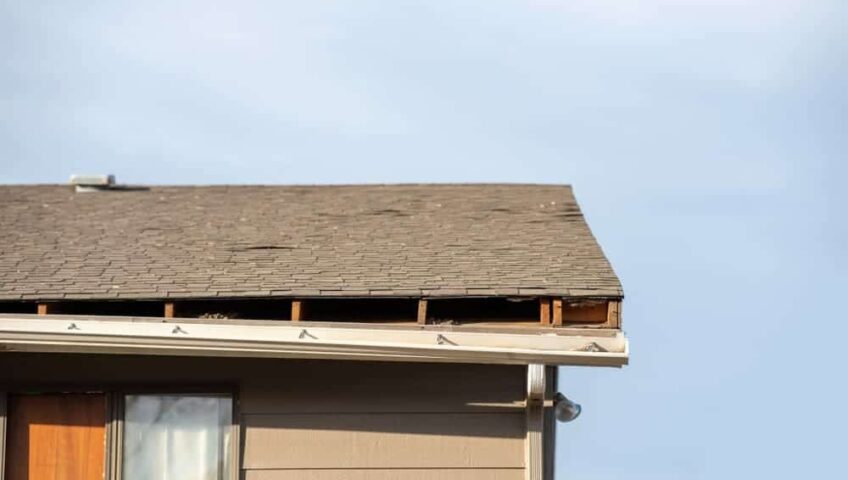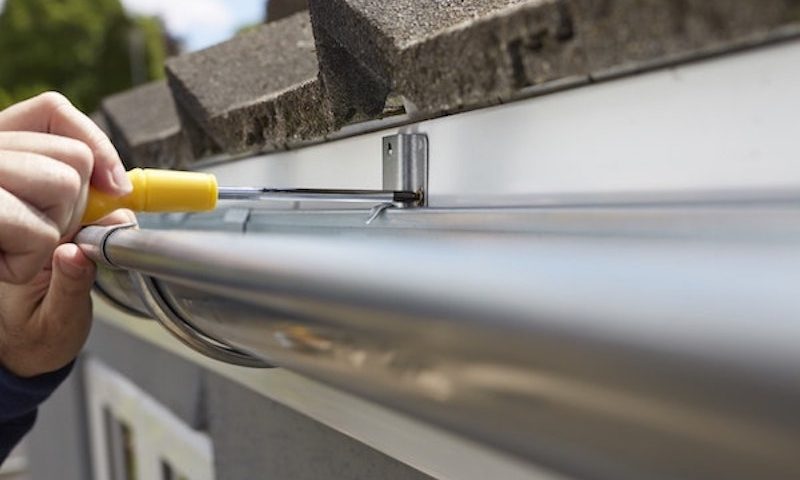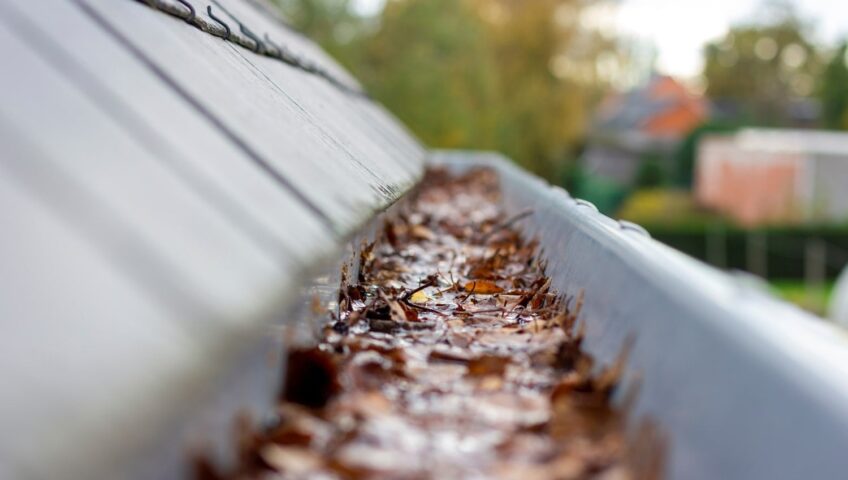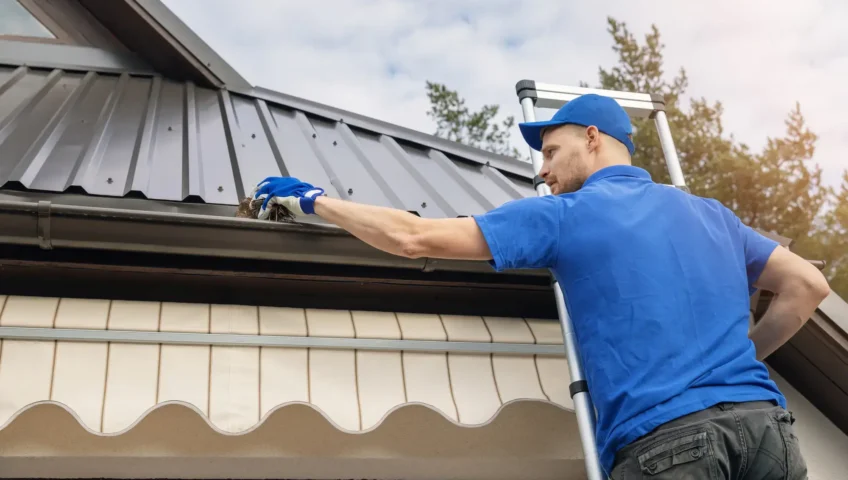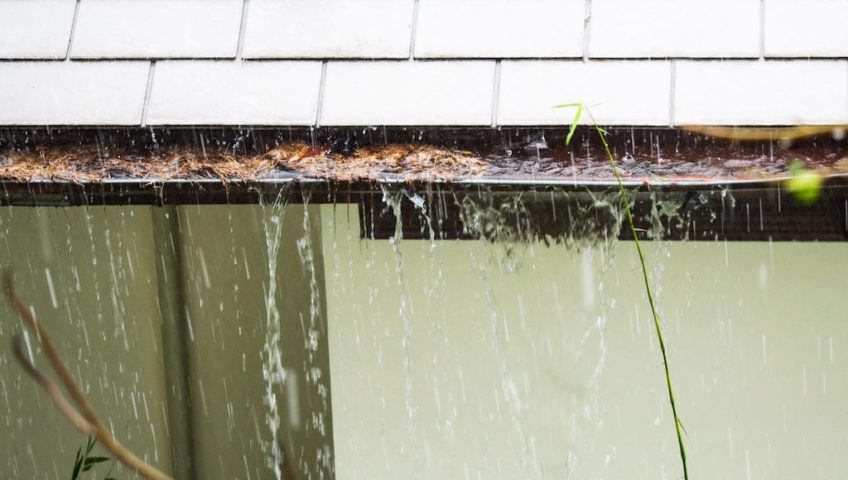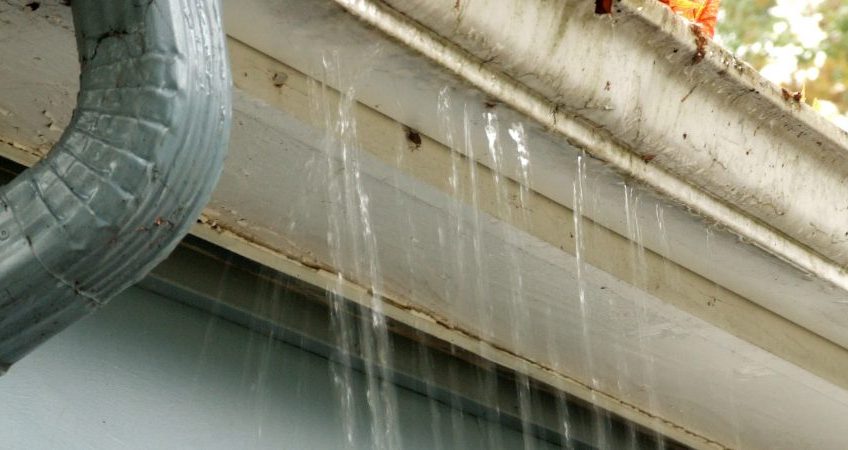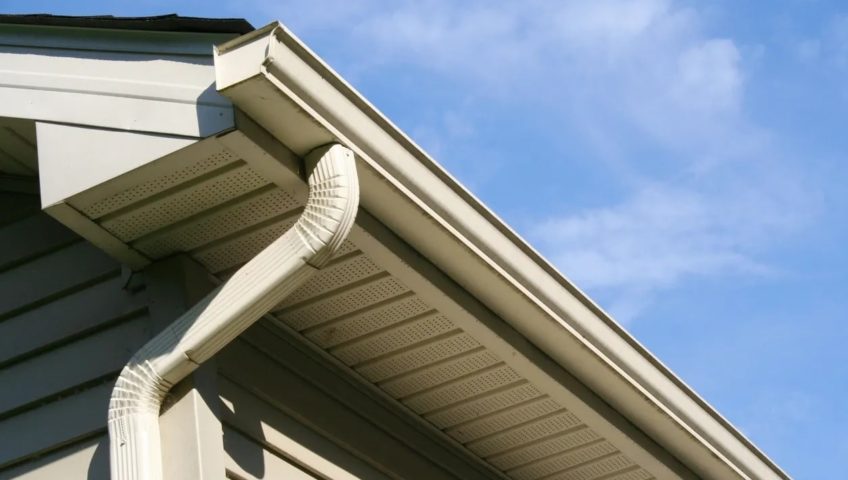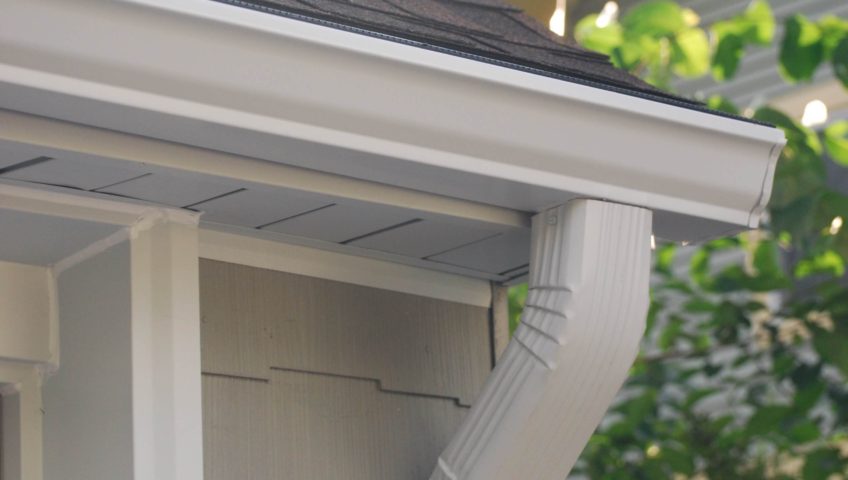When gutters sag, serious issues can arise, like water damage and foundation problems. Fixing sagging gutters helps water flow where it should go and keeps water away from our homes. Sagging gutters are often caused by debris building up, improper installation, and old materials.
Tackling this problem, requires us to follow a few steps. Safety should be our first priority when assessing the damage and clearing any debris. After figuring out what is causing our gutters to sag, we can replace or repair any damaged parts. Each step is important to getting our gutters back and up and running properly.
Simple maintenance will prevent gutters from sagging in the future. By being proactive, we can extend the life of our gutters and protect our homes from water-related problems.
Key Takeaways
- We have to clear gutters for debris and make sure they’re not going to fall down.
- Regular inspection lets us catch problems before they get worse.
- Maintaining our gutters is important for keeping our gutters working.
Step 1: Safety First
Safety comes first when working with sagging gutters. Using a ladder can be risky, so we must take precautions.
Here are some essential safety tips:
- Wear proper gear:
Wear gloves and sturdy shoes. This protects our hands and prevents slipping. - Inspect the ladder:
First, check the ladder for any damage before using it. The ladder needs to be strong enough told hold your weight plus any tools. - Set the ladder correctly:
We must place the ladder on level ground. Make sure the feet are firm and won’t slip. - Use a buddy system:
It’s safer to work with someone. They can hold the ladder and assist us if needed. - Follow ladder guidelines:
When climbing a ladder, you need to maintain three points of contact. We should have at least one foot and two hands or two hands and one foot on the ladder.
Step 2: Assess the Damage
The first thing we should pay close attention to is the length of our gutters. Look for any sagging areas that may indicate a need for repair. It’s important to identify where the problems are.
Next, we need to check for underlying issues. Here’s what to focus on:
- Loose Hangers: These are the brackets holding our gutters in place. If they are loose, the gutter may sag.
- Clogged Gutters: Debris can build up and cause gutters to sag. We should clear out any debris, including leaves or dirt.
- Damaged Fascia Boards: Our gutter boards can rot or become damaged. If not addressed, this can lead to sagging.
It is good to inspect these areas so we know what needs to be fixed. We recommend taking notes during your assessment, this way you can keep track of any problems. This information will help us to make those repairs correctly.
Step 3: Clear Debris
When fixing sagging gutters, we need to start by removing any debris. we have to start by clearing out any debris. Water can be blocked by leaves, twigs, and dirt.
First, ourselves a gutter scoop or something similar first. This will help us clean out the buildup in the gutters.
Next, we can use running water from a garden hose to wash out whatever remaining debris may be left. By rinsing the gutters, we ensure that water flows smoothly.
We need to make sure downspouts are clear too. If they are blocked, water can back up and cause gutters to sag.
Here’s a quick checklist to follow:
- Remove debris with a gutter scoop
- Flush gutters with a garden hose
- Clear out downspouts
Step 4: Identify the Cause
First, we must find out what’s causing the gutters to sag. Here are some common causes:
- Loose Hangers: Over time, this leads to gutters that hang free, often from hangers that aren’t fastened enough.
- Weight of Debris: The dirt, leaves, and other stuff pile up and tack on weight to the roof.
- Damaged Fascia: The supporting board holding the gutters could be broken or rotten.
Next, we should inspect the following:
- Gutter Hangers: Look for any loose or damaged hangers. They should be tightly fastened to the roof line.
- Fascia Boards: A weak fascia may not support the gutters. Look for signs of rot or damage.
This allows us to determine the best way to sort out the gutters. Each issue requires a different solution. If the hangers are loose, we can tighten or replace them. If too much debris builds up, we’ll need to clean the gutters out. If the fascia boards are damaged, we will need to repair or replace that particular section.
By understanding the cause, we can approach fixing the sagging gutters effectively.
Step 5: Repair or Replace Hangers
If some of our hangers are loose or damaged, we need to do something about it.
Steps to Repair or Replace Hangers:
- Check Hangers: Look closely for loose or cracked hangers. Repair or replace when necessary.
- Tighten: Use a screwdriver, hand tool, or wrench to tighten loose hangers. Make sure to tighten them so that the gutter won’t damage them.
- Remove Damaged Hangers: If hangers break, we should try to fix them as much as we can with a drill or a screwdriver.
- Choose New Hangers: Buy new hangers that match the current gutters. Be sure they are strong enough to withstand the weight of water and debris.
- Install New Hangers: Follow the manufacturer’s instructions. Securely attach the new hangers some 24 inches apart for stability.
Tools and Materials Needed:
- Screwdriver or wrench
- New hangers
- Drill
- Level (optional but helpful)
Step 6: Address Fascia Board Issues
Fascia boards are an important part of your gutter system. A damaged or missing one will cause the gutters to sag.
To check the fascia board:
- Search for signs of rot or water damage.
- Feel for any soft spots.
- Ensure it is securely attached to the house.
If you run into any damage, there are a couple of options.
Repairing vs. Replacing:
- Repair: We can use wood filler or a patch for small areas that have been damaged.
- Replace: For more serious damage, the entire board might be required to be replaced.
Steps to Replace the Fascia Board:
- Remove the old fascia board carefully.
- Cut a new board to size.
- Secure the new board using nails or screws.
Once we’ve repaired or replaced the fascia board, we have to make certain that is stable. It should support the gutters well. A secure fascia helps stop gutters from sagging from any further issues. Catching problems early on can help us keep our gutter system in good shape.
Step 7: Reinforce the Gutters (if necessary)
We’ve made adjustments to our gutters, but they still sag; this could mean that they need to be reinforced. There are a few things we can do to help them last longer.
Options for Reinforcement:
- Add Additional Supports: We can install support brackets or hangers along the gutters. This helps it distribute the weight and keeps the gutters in place.
- Use Downspout Extensions: If sagging is bad, we might want to check that the downspouts are set up correctly. Adding extensions can help direct water flow properly and minimize strain on the gutters.
- Consider Bracing: Braces can also fix sagging. These can be attached to the house or the gutter for additional support.
Consulting a Professional:
If you don’t know what type of reinforcement you need, seek advice from a professional gutter company. They can give guide you on the best solutions that fit your specific situation.
Taking these steps can significantly improve the longevity and effectiveness of our gutters. Properly supporting them keeps them functioning well during heavy rain.
Step 8: Clean-Up and Maintenance
After you fix your sagging gutters, we’ll have some cleanup to do. First, we should remove any debris or tools left behind. This helps keep our work area safe and tidy.
Next, we need to inspect our gutters regularly. We should check them at least twice a year. This allows us to find any problems before they become real problems.
To further protect our gutters, we can consider installing gutter guards. These guards keep leaves and debris out, which reduces the chances of sagging in the future.
We can use gutter guards to make leaves even harder to bypass our gutters. The guards also prevent leaves and debris from clogging our gutters, avoiding possible sagging in the future.
Quick Maintenance Tips:
- Clear debris: Regularly check and clear leaves and dirt.
- Inspect connections: Look for any loose or broken parts.
- Monitor flow: Make sure there’s no water clogging in the gutters.
Conclusion
Sagging gutters can be fixed by identifying the problem areas, removing debris, changing out hangers, reinforcing them, and testing the water flow. Clean gutters at least twice a year to avoid buildup and sagging. If there is extensive damage or you are unsure about repairs, it’s recommended to call a professional to help. These steps keep water from building up and damaging your home as well as ensuring your gutters last by keeping water flowing.

